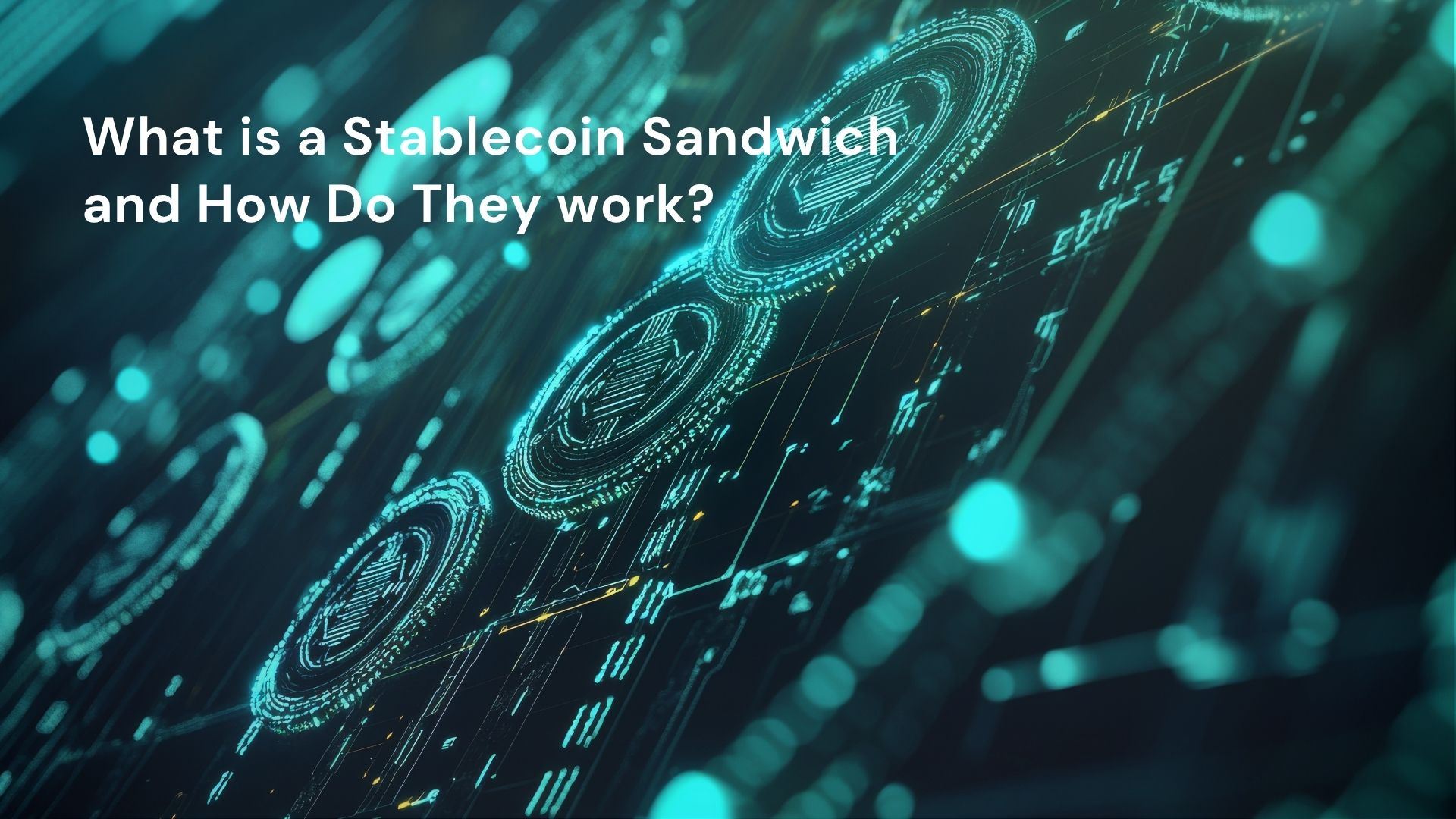Cross-border payments continue to represent one of the most costly and opaque elements of international commerce. According to Fintech Finance, global corporations transfer approximately $23.5 trillion across borders each year, incurring an estimated $120 billion in transaction fees. Given the slow settlement processes, elevated foreign exchange costs, and intricate compliance obligations, a growing number of companies are actively seeking faster and more transparent alternatives.
Despite operating in an age defined by instant communication and cloud-based technologies, cross-border transactions remain constrained by outdated financial infrastructure. Much of this inefficiency is attributable to continued reliance on legacy systems such as SWIFT and correspondent banking networks, which introduce delays, additional costs, and a lack of transparency into each transaction. These systems were not built to support the speed and scale demanded by the modern global digital economy.
Stablecoin sandwiches streamline global transactions by combining the security of stablecoins with the efficiency of modern cross-border payments. This method leverages stablecoin stability to accelerate payments while avoiding the limitations of traditional financial systems.
Key elements of the process
Three essential components power stablecoin sandwich transactions:
- Fiat currency: This is your starting point, typically involving currencies like the US dollar, euro, or British pound.
- Stablecoins: These crypto-assets, such as USD Coin (USDC), are pegged to fiat currencies, offering stability and minimal price fluctuation during transactions.
- Payment service providers: Platforms like Bitpace serve as the bridge between fiat and crypto, enabling seamless conversions and efficient transaction management.
How the transaction flows
- Fiat on-ramp: The sender begins by converting their local fiat currency (e.g., GBP) into a stablecoin (e.g., USDC) using a trusted payment service provider (PSP), crypto exchange, or an integrated payment gateway such as Bitpace.
- Blockchain transfer: Once the stablecoin is issued, it is transferred via a blockchain network. The choice of network, Layer 1 or Layer 2, depends on speed, cost, and regional infrastructure. Each has trade-offs in terms of latency and transaction fees. For example, the Ethereum network can be used for high security and liquidity.
- Fiat off-ramp: Once the stablecoin arrives, it is converted into the recipient’s local currency (e.g., INR) through a licensed partner or PSP connected to local banking rails. Bitpace coordinates this process end-to-end through a network of verified payout nodes in key markets.
By choosing Bitpace, you simplify the entire process, enabling faster, more reliable international payments that avoid the delays and costs of traditional banking.
Advantages of stablecoin sandwiches
Stablecoin sandwiches offer a practical solution for improving the consistency and speed of crypto transactions, particularly in the context of international payments.
- Faster settlement: Cross-border payments that typically take 2–5 days via SWIFT can now be completed in minutes or hours, depending on network choice.
- Lower fees: While traditional correspondent banking can incur fees of 3–6% per transaction, stablecoin transfers often cost a fraction of that, especially on efficient Layer 2 networks.
- Greater transparency: Transactions are recorded immutably on-chain, allowing for real-time tracking and automated reconciliation.
Potential challenges
While stablecoin sandwiches offer several benefits, it’s equally important to understand the associated challenges to make informed decisions.
Regulatory concerns
Ongoing regulatory developments pose a critical challenge. As governments worldwide adjust policies to address digital assets, staying up to date with legal frameworks and adopting solutions that prioritise compliance is essential. Bitpace’s infrastructure is built with regulatory standards in mind, helping you maintain secure and lawful transactions even in a dynamic legal environment.
With Bitpace’s trusted tools and commitment to compliance, you can mitigate these challenges and unlock the full potential of stablecoin sandwich strategies. Evaluate how this approach aligns with your financial objectives to ensure sustainable and informed practices.
Start accepting stablecoins with Bitpace’s crypto payment gateway
Get paid in Bitcoin, Ethereum, Litecoin, and many more established cryptocurrencies with the Bitpace crypto payment gateway. Reach out now to start accepting crypto payments.

